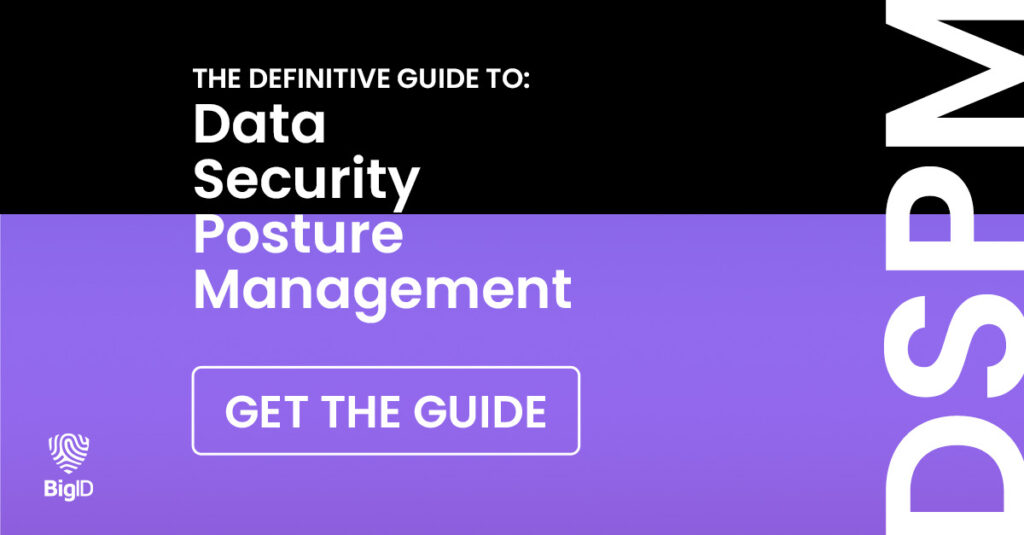Personal data is more valuable than ever and organizations are entrusted with the responsibility of safeguarding this information. Personally Identifiable Information (PII), such as names, social security numbers, and addresses, is highly sensitive and can be a prime target for cybercriminals. To protect against PII cybersecurity attacks, organizations must implement robust measures and stay compliant with relevant regulations. In this blog post, we’ll explore what PII cybersecurity is, why it’s important, common PII cybersecurity risks, regulatory frameworks, and practical steps organizations can take to secure PII effectively.
Understanding PII Cybersecurity
PII in cybersecurity refers to the protection of Personally Identifiable Information (PII) from cyber threats and unauthorized access. PII includes any data that can be used to identify a specific individual, such as financial records, medical information, and personal contact details. Cybersecurity controls and practices are essential to ensure the confidentiality, integrity, and availability of this sensitive data.
Why PII Cybersecurity Is Crucial
Protecting cybersecurity PII is critical for several reasons:
- Privacy Preservation: Individuals have a right to privacy, and organizations have a moral and legal duty to protect their personal information.
- Legal Compliance: Numerous data protection laws and regulations worldwide, like the GDPR and CCPA, require organizations to safeguard PII or face significant penalties.
- Trust and Reputation: A data breach that exposes PII can lead to a loss of trust among customers and stakeholders, damaging an organization’s reputation.
- Financial Implications: Data breaches can result in substantial financial losses due to legal fines, remediation costs, and potential lawsuits.
- Identity Theft Prevention: Protecting PII helps prevent identity theft, a crime with far-reaching consequences for individuals.

Common PII Cybersecurity Risks
Cybersecurity PII can be compromised in various ways, and cybercriminals are constantly evolving their tactics. Some common methods of PII compromise include:
- Data Breaches: Unauthorized access to databases or systems containing PII, often due to weak security measures or insider threats.
- Phishing Attacks: Deceptive emails or messages tricking individuals into revealing PII.
- Social Engineering: Manipulating individuals to divulge PII through psychological tactics.
- Malware: Infected devices or systems that steal PII or monitor keystrokes.
- Data Interception: Intercepting PII during data transmission.
- Lost or Stolen Devices: Physical theft of devices containing PII.
- Insider Threats: Misuse of privileges by employees with access to PII.
- Weak Passwords: Easily guessable passwords leading to unauthorized access.
- Third-Party Data Breaches: PII compromised through third-party vendors.
- Physical Theft: Stolen physical records containing PII.
Real Compromises, Real Impacts
Here are three previous examples of PII compromises and their outcomes:
Equifax Data Breach (2017)
PII Compromised: The Equifax breach exposed the PII of approximately 143 million Americans, including names, Social Security numbers, birthdates, and more.
Outcome: The breach had severe consequences, including legal settlements, fines, and reputational damage. Equifax agreed to pay around $700 million in settlements and faced regulatory scrutiny. It highlighted the need for robust cybersecurity measures in handling PII.
Target Data Breach (2013)
PII Compromised: Hackers breached Target’s systems, compromising the credit card information of over 40 million customers and personal information of up to 70 million individuals.
Outcome: Target faced lawsuits, investigations, and a significant drop in stock prices. The breach cost the company hundreds of millions of dollars, including settlements with affected customers.
Yahoo Data Breach (2013-2014, Disclosed in 2016)
PII Compromised: Yahoo experienced two massive breaches affecting 3 billion accounts. PII such as email addresses, names, and encrypted passwords were compromised.
Outcome: The breaches had a profound impact on Yahoo’s reputation and the sale price of its core internet business to Verizon. Yahoo also faced class-action lawsuits and regulatory scrutiny.
These examples illustrate the far-reaching consequences of PII compromises, including legal repercussions, financial losses, damage to reputation, and the erosion of customer trust. They underscore the critical importance of robust PII cybersecurity measures for organizations.
Regulation of PII Data
The regulation of PII data varies by country and region. Key regulations and regulatory bodies include GDPR, CCPA, HIPAA, FTC, PIPEDA, Data Protection Authorities (DPAs), and sector-specific regulations. Let’s explore:
- General Data Protection Regulation (GDPR): Governs personal data, including PII, within the European Union and European Economic Area. It imposes stringent requirements for data protection and privacy.
- California Consumer Privacy Act (CCPA): A state-level privacy law in California, USA, granting residents rights over their PII.
- Health Insurance Portability and Accountability Act (HIPAA): Regulates PII and Protected Health Information (PHI) in healthcare in the U.S.
- Federal Trade Commission (FTC): Enforces consumer privacy and data protection practices for businesses in the U.S.
- Canada’s Personal Information Protection and Electronic Documents Act (PIPEDA): Governs PII by private-sector organizations in Canada.
- Data Protection Authorities (DPAs): Enforce data protection laws in various countries and regions.
- Sector-Specific Regulations: Industry-specific regulations, like the Gramm-Leach-Bliley Act (GLBA) in finance, may apply.
Protecting PII: Practical Steps for Organizations
To safeguard PII effectively and comply with regulations, organizations can take the following steps:
- Data Classification: Identify and classify PII within the organization to understand where it’s stored and how it’s processed.
- Access Control: Implement strong access controls and role-based permissions to limit access to authorized personnel.
- Employee Training: Educate employees about cybersecurity and PII protection to reduce the risk of human error.
- Incident Response Plan: Develop and test an incident response plan to quickly mitigate PII breaches.
- Regular Audits and Assessments: Conduct security audits and vulnerability assessments to identify and address weaknesses.
- Data Minimization: Collect and retain only necessary PII, and establish data retention policies.
- User Awareness: Foster a culture of cybersecurity awareness to ensure all employees prioritize data protection.
Safeguarding PII with BigID
Regardless of your business’s industry, protecting PII starts with a thorough data discovery process. This entails mapping, cataloging, and categorizing all your sensitive information in one centralized location.
BigID’s next-gen DSPM platform offers deep data discovery and classification capabilities that transcend conventional techniques. Unlike traditional methods that focus on a single data type or targeted discovery that identifies known data— our advanced machine learning empowers you to safeguard all your organization’s critical data, including PII, PI, SPI, NPI, PHI, and more. With this comprehensive approach, you gain insights into which regulations apply to specific data, uphold accurate reporting standards, and achieve compliance across various regulatory frameworks.
Here are some ways BigID’s flexible and scalable solutions for privacy, security, and governance can help:
- Classify a wide array of sensitive data types, providing insights into their purpose, quality, risk implications, and more.
- Automatically create catalogs of sensitive data and associated metadata, regardless of their source, whether structured, unstructured, in the cloud, Big Data, NoSQL, data lakes, or any other location.
- Automatically detect duplicate, derivative, and similar data, ensuring data accuracy and reducing redundancy.
To discover how BigID can help better protect PII and reduce privacy risk across your entire organization— get a 1:1 demo with our experts today.



